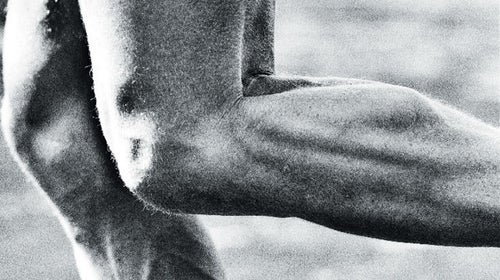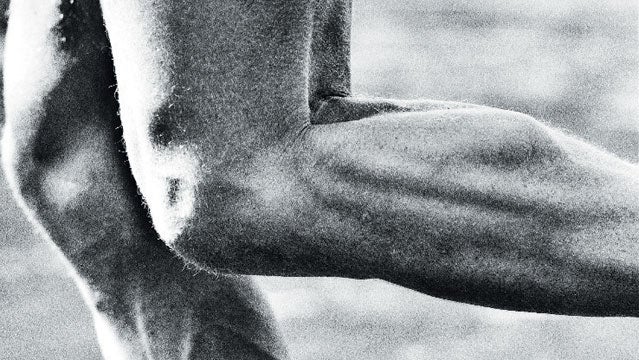First, ditch the salt tablets. “The biggest misconception is that exercise-associated muscle cramping is due to dehydration or electrolyte imbalances,” says Martin Schwellnus, a professor of exercise science at the University of Cape Town, in South Africa, and on the subject. Cramps, Schwellnus and other scientists recently discovered, stem from altered neuromuscular control, or a sudden change in the interaction between the nervous and musculoskeletal systems brought on by fatigue. Genetics may play a role, but cramping usually happens in areas that have experienced prior muscle damage or have become fatigued. And once you begin cramping, electrolyte-laced sports drinks and pills won’t do much to prevent it. Here’s what might.
#1. Ramp up volume and intensity slowly, and let your body recover for at least a day before competing. “If you start a race with low-grade muscle damage—like the stiffness and soreness you get from a hard weight-training session—your muscle excitability is increased,” Schwellnus says, upping the chance of cramps.
#2. Slow down in warm weather. “If it’s a hot, humid day, and you’re running at a high intensity, you’re likely to fatigue earlier,” Schwellnus says.
#3. Correct your biomechanics. If you’re prone to cramping in your hamstrings, for example, it’s possible you’re not engaging your glutes and your hamstrings are overcompensating. Focus on a more vertical posture when running, and strengthen your glutes in the weight room.
#4. Top off your glycogen stores. Poor diet can lead to premature fatigue, so take in an adequate amount of carbs. The banana, long touted as the ultimate anti-cramping food because of its potassium content, probably helps simply because it’s sugary. And pickle juice, which many people believe calms cramps because of its salt content, likely signals a muscle to stop cramping because of a vinegar-triggered neurological response.


